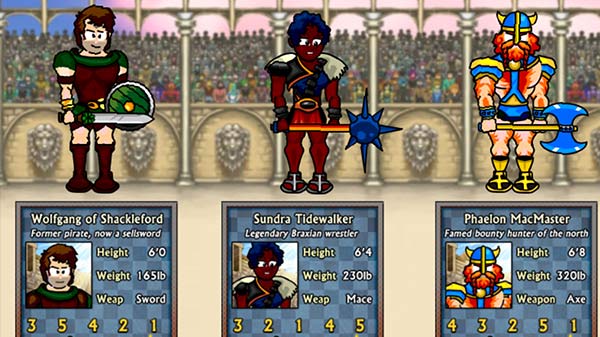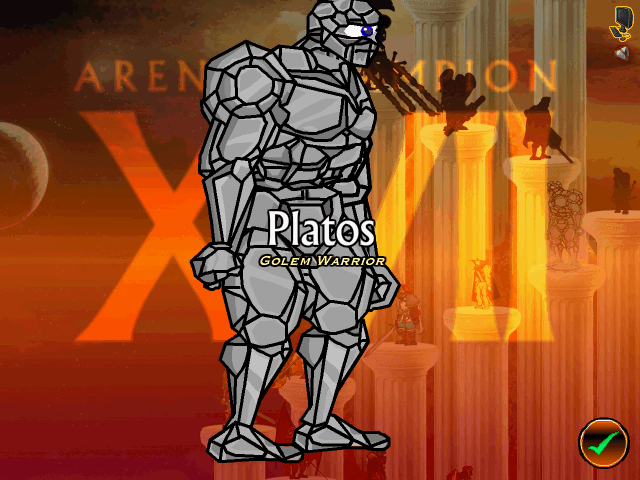

Next in line is the Roman gladius which is the Latin word for sword. Usually the most preferred sidearm, the daggers were equipped with large, leaf-shaped blades 7-11 inches (18–28cm) in length and around 2 inches (5cm) in width. These Roman daggers were pretty handy when they had to fight enemies in very close proximity. The smallest one among these was called the pugio.

The Roman legions used different kinds of swords of varying shapes and sizes. One style of belt was always rolled and, on occasions, had ball-headed pins attached to it. These plates were made up of cast brass with a shiny tin or silver finish stamped into them. Often, the single belt was embellished with narrow or wide belt plates. In the Roman ranks, a single belt to support a dagger and the bearer’s tunic took over from the tradition of two crossed belts popularly worn during the Augustan era. These belts were mass produced from leather and high-ranking military Romans preferred their baltei to be decorated with valuable gems, stones, and metals. The Roman legions typically used the balteus to hang their sword or any other relevant piece of military equipment on. A typical military belt was worn over the shoulder and reached down to the opposite hip.

The ancient Romans called this belt the balteus.


 0 kommentar(er)
0 kommentar(er)
